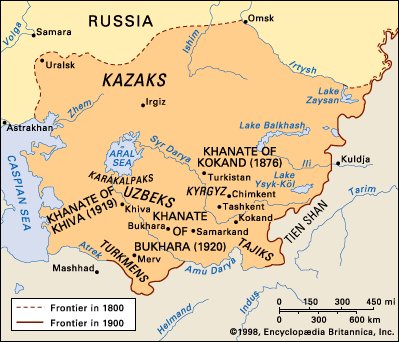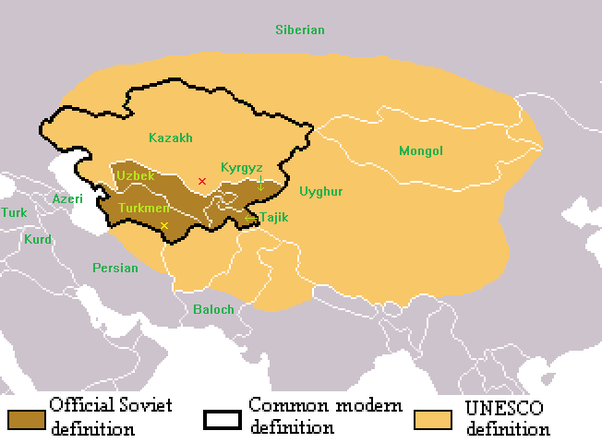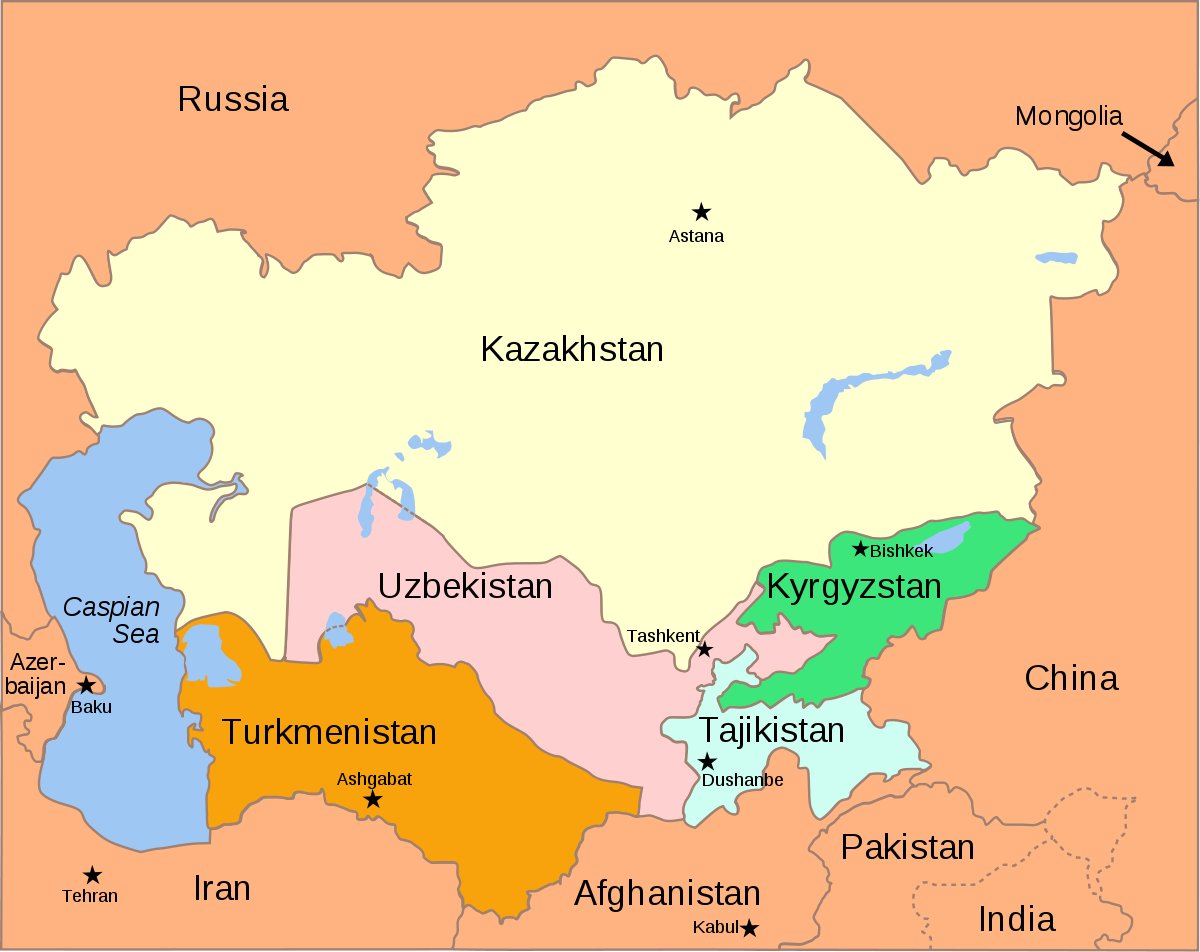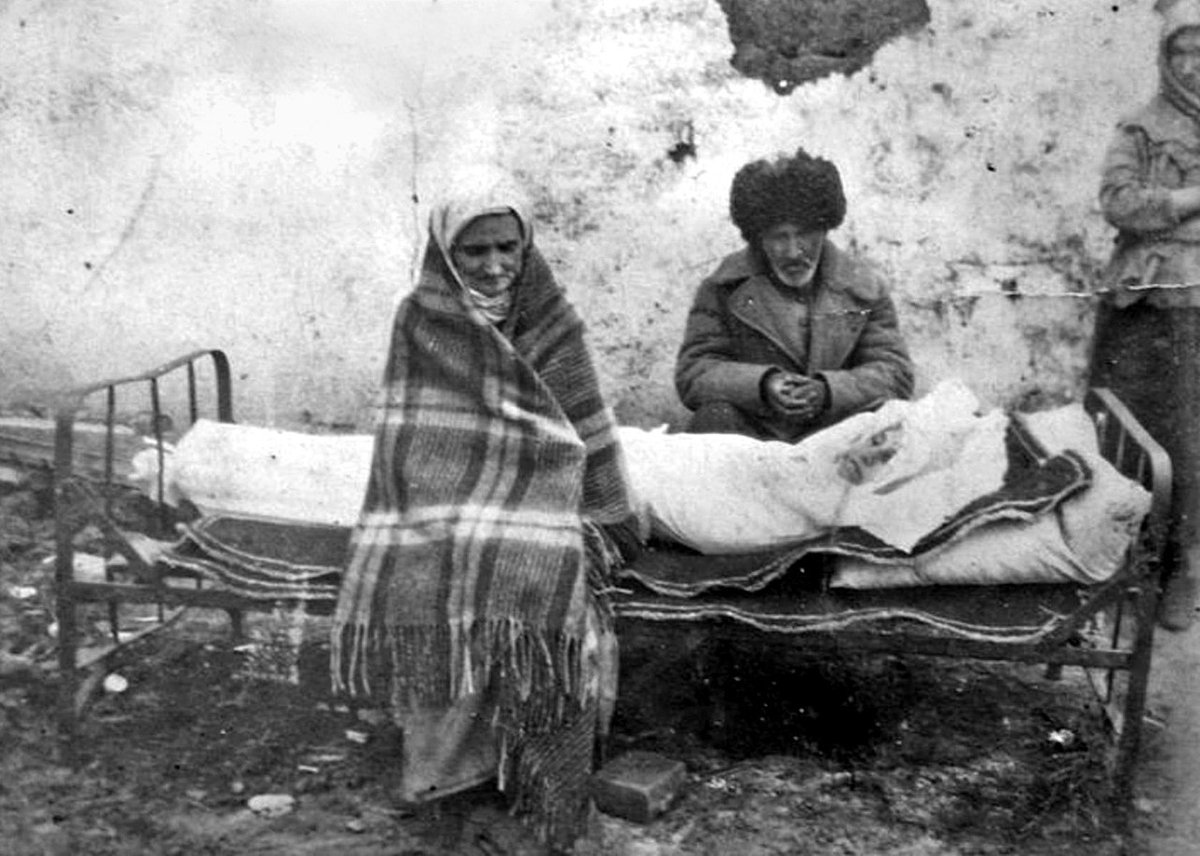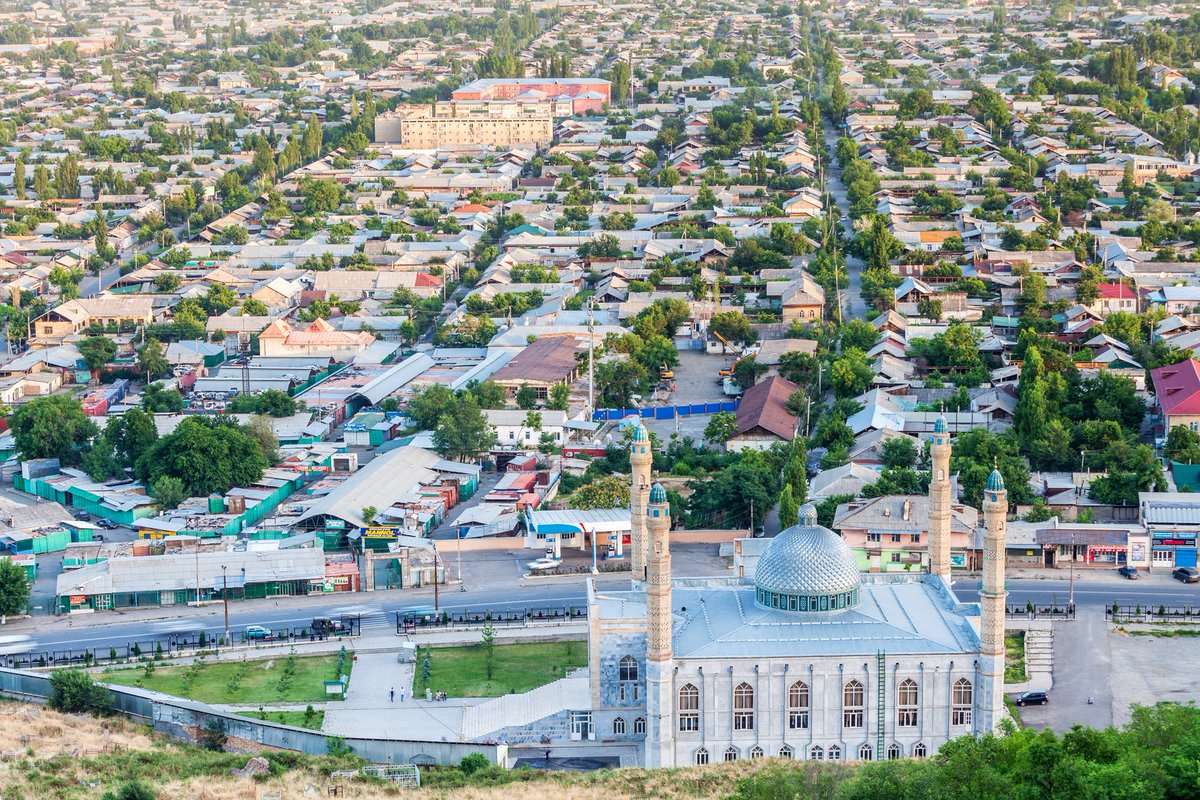Thread. Gerrymandering (Soviet style)
Before the Soviet period, there were no national borders between the peoples of Central Asia, and identity was defined by religion, family, clan and place.
Before the Soviet period, there were no national borders between the peoples of Central Asia, and identity was defined by religion, family, clan and place.
The Soviet government scared that such muddled loyalties could help Islamic, social or political movements gain popular support, as Pasha’s rebellion had shown.
Educated Central Asians and faith leaders still talked privately of a Greater Turkestan or a Central Asian caliphate.
Educated Central Asians and faith leaders still talked privately of a Greater Turkestan or a Central Asian caliphate.
The Soviet authorities attempted to counter pan-Islamic and pan-Turkic tendencies by constructing nationalities, giving each a defined territory with national borders, along with a ready-made history, language, culture and ethnic profile.
Your average person& #39;s loyalty was no longer to your tribe, village or faith, but to your nationality as a Kazakh, Kyrgyz, Tajik, Turkmen or Uzbek and to its Soviet Socialist Republic (SSR).
The Uzbek and Turkmen SSRs were created in 1924, the Tajik SSR in 1929.
It took the Russians longer to sort out the Kazakhs and the Kyrgyz, who share similar traditions and language.
It took the Russians longer to sort out the Kazakhs and the Kyrgyz, who share similar traditions and language.
As ethnographic research began to reveal differences, the mountain tribes became known as Kara-Kyrgyz (black Kyrgyz) to distinguish them from the steppe-dwelling Kazakhs, who were called simply Kyrgyz because “Kazakh” sounded too much like the name of another group, the Cossacks.
Although the Russians seemed confused, the Kazakhs knew perfectly well who they were, and that they were not Kyrgyz.
The Kazakhs were members of a tribe that was part of either the Great, Middle or Little Horde, each of which had its own khan.
The Kazakhs were members of a tribe that was part of either the Great, Middle or Little Horde, each of which had its own khan.
In 1926, most of modern Kyrgyzstan became the Kara-Kyrgyz Autonomous Soviet Socialist Republic (ASSR) and a full Kyrgyz SSR in 1936.
In the same year, the Kazakh SSR was formed.
In the same year, the Kazakh SSR was formed.
As a result, "the magic" of Soviet ethnic engineering, the Kara-Kyrgyz were no longer "black" but true Kyrgyz, while the people who had been called Kyrgyz for over a century turned out to be Kazakhs after all.
While promoting new national loyalties, the Soviet government realised that too much nationalism could be dangerous for them.
In a parallel effort to solidify control, they moved around ethnic groups to ensure that none was dominant in a specific area. #DivideAndConquer
In a parallel effort to solidify control, they moved around ethnic groups to ensure that none was dominant in a specific area. #DivideAndConquer
Thousands of people from Central Asia were moved to other parts of the Soviet Union.
Russian and Ukrainian farm and factory workers were settled in Central Asia, while Volga Germans, Chechens, Koreans and other ethnicities were deported to the region after Stalin& #39;s approval.
Russian and Ukrainian farm and factory workers were settled in Central Asia, while Volga Germans, Chechens, Koreans and other ethnicities were deported to the region after Stalin& #39;s approval.
The classic policy of divide and conquer, intended to suppress ethnic unrest and militant religious groups, created artificial borders between ethically-mixed SSRs.
After the Soviet "shuffle", the medieval cities of Samarkand and Bukhara, historically major centres of Tajik culture and with huge ethnic Tajik populations, ended up in the Uzbek SSR.
P.S No separatistic / hateful tweets in this thread please.
P.S No separatistic / hateful tweets in this thread please.
According to Central Asia scholar Madeleine Reeves, if the Soviets had drawn boundaries exclusively along national lines, the nomadic Kyrgyz would “end up with a Kyrgyz republic that had no cities of its own..." https://www.lrb.co.uk/the-paper/v32/n13/madeleine-reeves/a-weekend-in-osh">https://www.lrb.co.uk/the-paper...
Soviet government& #39;s solution was to make Osh, with its predominantly Uzbek population of traders and arable farmers, the republic’s southern city. Again #gerrymandering
And then the Soviet Union collapsed and citizens of each SSR suddenly found themselves citizens of an independent country.
At independence, ethnic Kazakhs were a minority (albeit the largest one) in Kazakhstan, making up about 41% of the population.
Meanwhile, nearly one quarter of Tajikistan’s population was ethnically Uzbek.
Meanwhile, nearly one quarter of Tajikistan’s population was ethnically Uzbek.
With the possible exception of Turkmenistan, all republics have a diverse, but potentially volatile ethnic mix.
No wonder, ex U.S. National Security Advisor Zbigniew Brzezinski famously referred to Central Asia as “the Eurasian Balkans.”
No wonder, ex U.S. National Security Advisor Zbigniew Brzezinski famously referred to Central Asia as “the Eurasian Balkans.”
Altogether it is estimated that around 3.3 million people were deported to Siberia and the Central Asian republics between 1941 and 1949.
According to this estimate, up to 43% of the resettled population died of diseases, malnutrition, and general mistreatment during this period.
http://www.hawaii.edu/powerkills/USSR.TAB1B.GIF">https://www.hawaii.edu/powerkill...
http://www.hawaii.edu/powerkills/USSR.TAB1B.GIF">https://www.hawaii.edu/powerkill...

 Read on Twitter
Read on Twitter